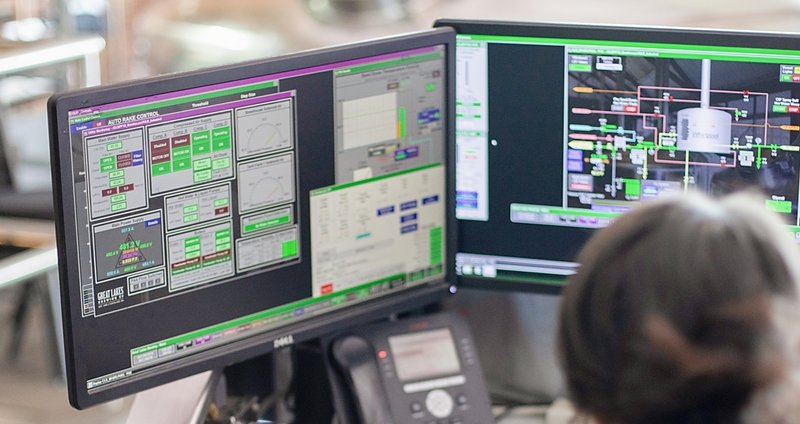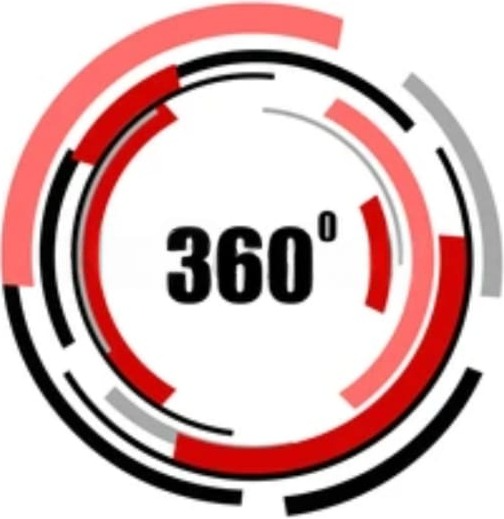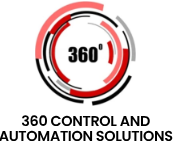
SCADA & HMI Development is a core part of industrial automation, providing the visual interface and control backbone that enables operators, engineers, and managers to monitor and interact with industrial processes in real-time.


SCADA & HMI Development is a core part of industrial automation, providing the visual interface and control backbone that enables operators, engineers, and managers to monitor and interact with industrial processes in real-time.
A centralized system that:
Collects real-time data from field devices (PLCs, RTUs).
Monitors and controls industrial processes.
Logs events, triggers alarms, and stores historical data.
A graphical interface that:
Allows human operators to interact with machinery or processes.
Displays data visually using charts, buttons, gauges, and alarms.
Typically installed on operator terminals, touchscreens, or PCs.
| Component | Function |
|---|---|
| PLC/RTU | Field controller collecting data and executing logic. |
| HMI Software | Interface software (e.g., FactoryTalk View, WinCC, Ignition). |
| SCADA Software | Supervisory system handling multiple devices and data aggregation. |
| Communication | Industrial protocols like Modbus, OPC UA, Ethernet/IP. |
| Database | Historical data logging (SQL, historians). |
1. Requirements Gathering
Understand process flow and user interaction needs.
Define system architecture and scope (local HMI vs. centralized SCADA).
2. Software & Platform Selection
Choose tools like:
SCADA: Wonderware, Ignition, WinCC, iFIX, FactoryTalk View SE
HMI: Siemens Comfort Panels, Red Lion, C-More, Maple Systems
3. Tag Management & I/O Mapping
Import tags from PLCs.
Assign data points to visual elements.
4. Screen Design
Create intuitive, user-friendly layouts.
Use mimic diagrams, real-time graphs, controls, and KPIs.
Follow ISA 101 HMI design standards (e.g., grayscale for normal, colors for alerts).
5. Alarming & Logging
Configure thresholds and alarm banners.
Set up event logging, acknowledgments, and historical records.
6. Security & Access Control
Role-based access (operator, supervisor, admin).
Secure login and logging of operator actions.
7. Testing & Simulation
Use simulators to test screen behavior and tag updates.
Validate communication with PLCs and databases.
8. Deployment & Commissioning
Install on industrial PCs or servers.
Ensure redundancy (hot standby, backup servers if needed).
Train operators and provide documentation.

Business Centre, Sharjah Publishing City Free Zone, Sharjah, United Arab Emirates
+971 544202944
three60control@aol.com